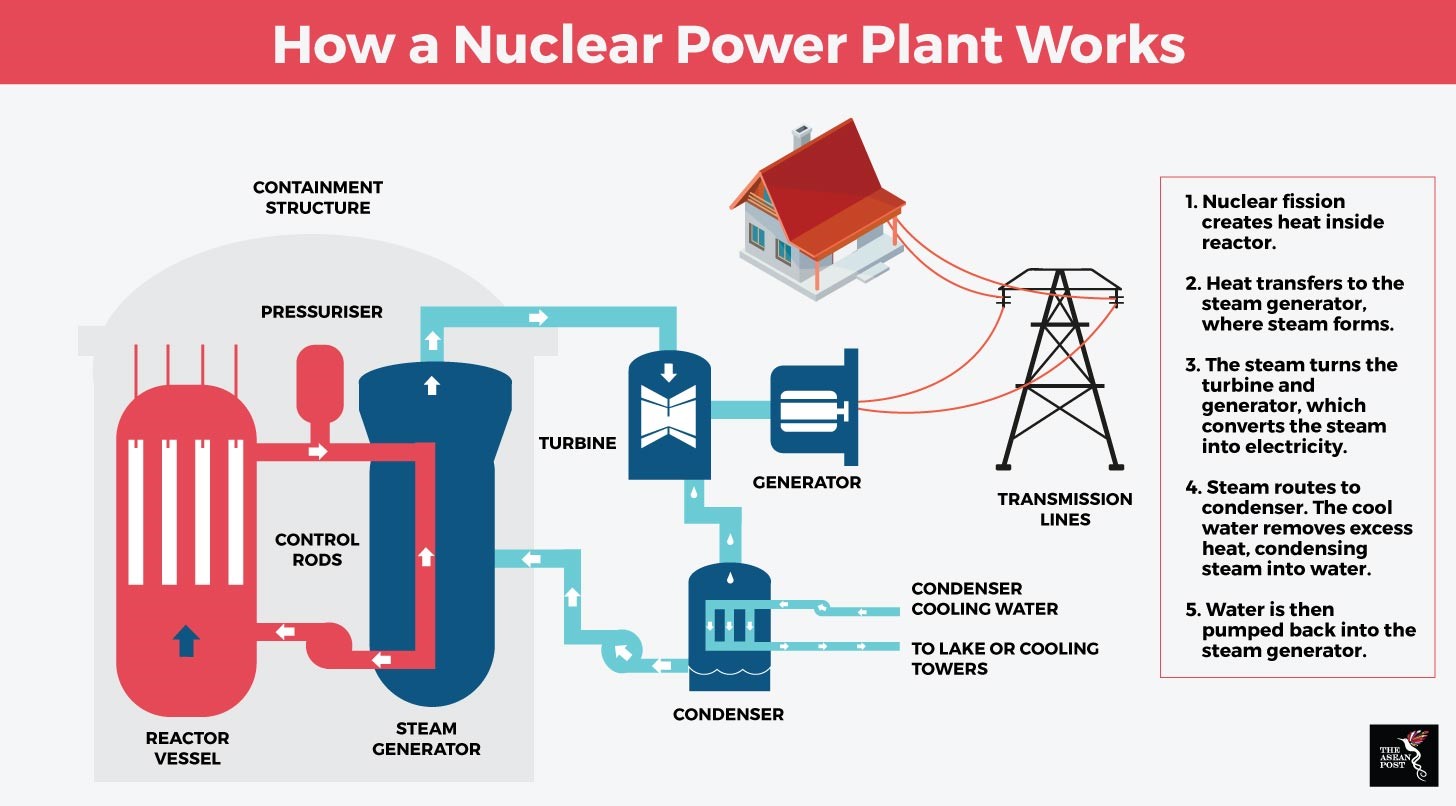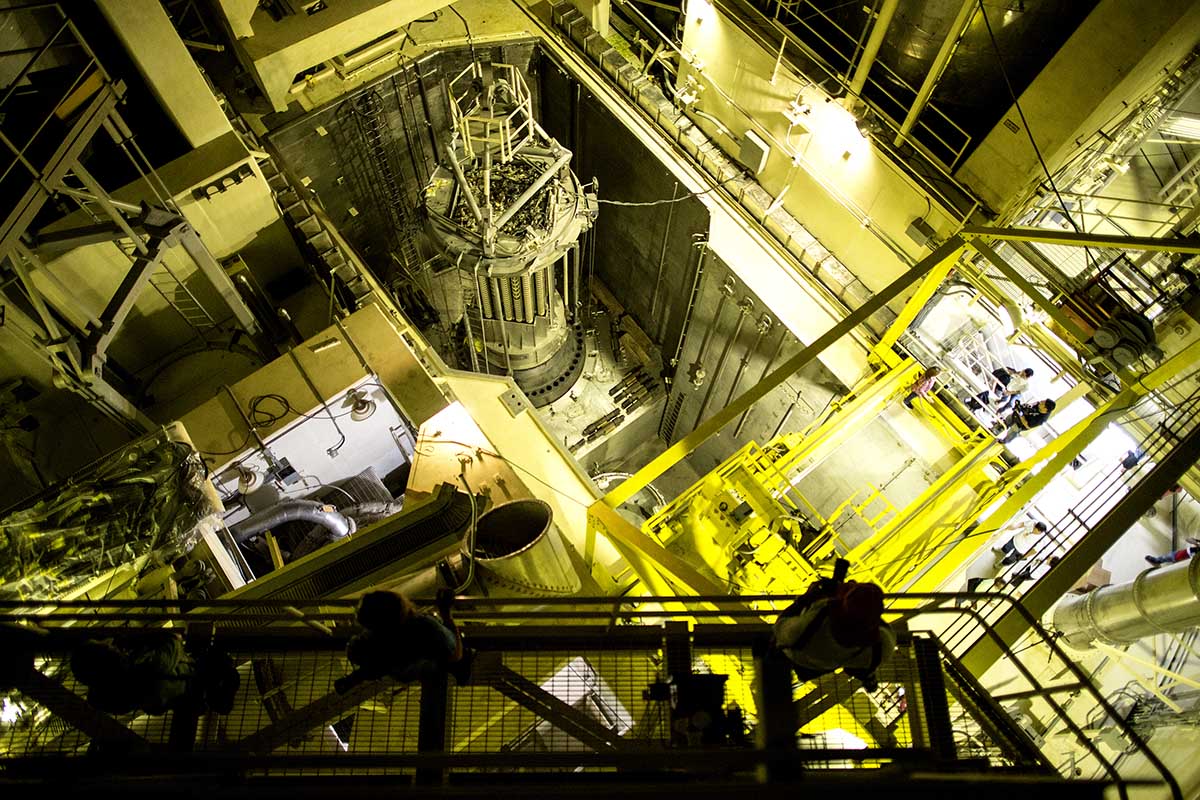Southeast Asia might finally see nuclear energy for the first time ever. Recently, Russia has been urging Manila to consider the use of nuclear energy. In November 2017, Russia’s Rosatom State Atomic Energy Corporation said that both governments “…intend to cooperate in the development of national nuclear infrastructure in the Philippines to support further implementation of the peaceful nuclear program in the country.”
The Philippines are the only country in the region with a completed nuclear power plant. The power plant was completed 30 years ago under the Marcos regime in response to the 1973 oil crisis. The power plant cost the Philippines US$2.3 billion and was expected to generate 621 megawatts of power. After President Marcos was overthrown in the People Power Revolution of 1986 and the Chernobyl disaster which happened a few months later, newly-elected president Corazon Aquino decided not to operate the plant. Today, the plant has become a site of curiosity. Nikkei Asian Review reported that the plant is now visited by about 6,000 students and guests yearly.
30 years after completion, the power plant could finally start to generate power. Russia has been pushing the government of the Philippines to restart the facility. The Nikkei Asian Review reported earlier this month that 20 experts from Rosatom made a discreet visit to Bataan in 2017 to inspect the nuclear facility. The experts reported that the Bataan plant can become operational but would require repairs costing up to US$3 billion to US$4 billion. Aside from that, the experts also recommended that the Philippines should consider building more nuclear plants.

Filipino president Rodrigo Duterte is also thinking of making the Bataan plant operational. In 2016, Duterte ordered a study on the possibility of reopening the powerplant. While not part of his massive “Build, Build, Build” program, nuclear energy could be important in fueling his infrastructure projects. Furthermore, Duterte could be eyeing nuclear energy as an option to fuel the growing energy demands of the Philippines. According to data from the Philippines’ Department of Energy, the country’s energy demands is expected to triple by 2040.
Meanwhile, Russia’s interest in Bataan is probably economic. Nuclear energy is one of Russia’s biggest economic assets. Russia exports goods and services pertaining to nuclear energy all over the world. At the moment, they have over 20 nuclear power reactors confirmed or planned for export construction. According to the World Nuclear Association earlier this year, foreign orders totaled US$133 billion at the end of 2016.
In 2016, Vladimir Putin himself personally urged ASEAN to look into nuclear energy.
"Moscow is ready to cover the market and is ready to offer member countries projects on the construction of next generation nuclear electrical power stations,” Putin said at the Russia-ASEAN summit in Sochi.
Nuclear energy in Asia however, has been contentious to say the least. Ever since the Fukushima disaster in 2011, gaining popular support for nuclear projects has been difficult. In 2016, Vietnam decided to scrap its nuclear power plant plans with Russia and Japan after decades of nuclear-preparations citing rising costs and safety concerns.
Among the biggest safety concerns when it comes to nuclear power plants are nuclear accidents. While the Nuclear Energy Institute highlights that nuclear energy does not produce any greenhouse gasses and is the largest clean-air energy source, the reality is that a nuclear accident can cause irreversible long-term environmental damage as seen in Fukushima and Chernobyl. The amount of damage that a potential nuclear accident could cost heavily outweighs the benefits of nuclear energy.
At this point, whether Bataan will actually reopen remains unknown. The Philippines government might have a difficult task of convincing its people that a nuclear plant is needed in the country. Historically, the Philippines has always had a strong anti-nuclear sentiment. There were large demonstrations and public protests when the Bataan power plant was under construction in the 70s and 80s. We could see a resurgence of that if plans to reopen the power plant go ahead.
